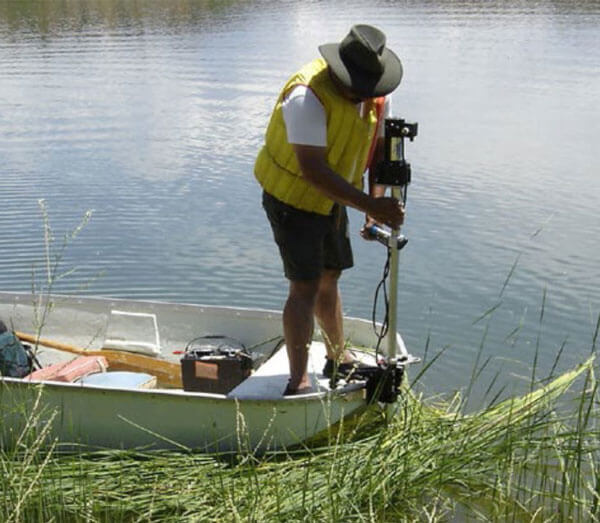Pond weed cutters are vital for maintaining clear and healthy ponds. They help control aquatic vegetation, ensuring a balanced ecosystem. Using the right weed cutting tools can prevent overgrowth and improve water quality. This guide will explore best practices for effective pond weed cutting. Whether you’re a pond owner or landscaper, these strategies will help you manage aquatic vegetation efficiently and sustainably.
Understanding Pond Weed Cutters and Weed Cutting Tools
Pond weed cutters come in various forms to tackle different vegetation challenges. It’s important to choose the tool that best suits the type of weeds in your pond. Each tool has distinct features and benefits that cater to specific needs. There are manual and powered options available. Manual weed cutters are simple, cost-effective, and eco-friendly, and they work well for small to medium ponds. Powered weed cutters, such as the Jenson Lake Mower, offer greater efficiency and are suitable for larger or heavily infested areas.
Some popular types of weed cutting tools include:
- Hand-held rakes
- Scythes
- Motorized trimmers
Understanding these options helps in selecting the right tool for effective aquatic vegetation control.
Choosing the Right Tool for Aquatic Vegetation Control
Selecting the proper tool involves considering several factors. It’s crucial to know the size and depth of your pond. Different tools work better in different conditions, so match the tool to your pond’s specific needs. Additionally, identifying the type of weeds present can guide your decision. Some tools, like the Jenson Lake Mower, are designed to cut specific types of aquatic vegetation more effectively.
Here are considerations to help guide your choice:
- Pond size and depth
- Type of aquatic weeds
- Frequency of maintenance
Choose wisely to ensure efficient vegetation control and a healthier aquatic environment.
Step-by-Step Guide to Cutting Pond Weeds
Cutting pond weeds effectively requires a systematic approach. Start by planning your work area. Clear debris and obstacles to create a safe work environment. This prevents accidents and ensures efficient weed cutting.
Next, examine your pond for weed growth. Identify areas with the highest density. Prioritize these spots for initial focus. This strategy maximizes the impact of your effort.
Prepare your weed cutter, such as the Jenson Lake Mower, ensuring it’s in good condition. Follow the manufacturer’s instructions for setup and operation. Regular inspection of tools ensures longevity and efficiency.
Finally, cut the weeds by moving the tool systematically across the water surface. Make sure to reach the root zone for long-lasting results.
Follow these steps to maintain a tidy and healthy pond:
- Plan and clear the work area.
- Identify and prioritize weed-dense areas.
- Inspect and prepare your weed cutter.
- Systematically cut weeds down to the root.
Safety Tips and Eco-Friendly Practices
When using pond weed cutters, safety should always come first. Wear protective gear like gloves and goggles to prevent injuries. Be mindful of your footing, especially on slippery surfaces. Always work with a partner when possible for added safety.
Eco-friendly practices help maintain the pond’s natural balance. Focus on minimal disruption to the environment. Here are some practices to consider:
- Opt for manual tools to reduce noise and pollution.
- Dispose of weeds properly to prevent regrowth.
- Avoid harming aquatic life during the cutting process.
Maintenance and Disposal for Long-Term Results
Proper maintenance of weed cutting tools, like the Jenson Lake Mower, ensures they last longer. Regularly clean tools after each use to prevent rust and damage. Sharpen blades periodically for effective cutting.
Disposing of cut weeds correctly helps avoid unwanted regrowth. Follow these simple steps for disposal:
- Bag and remove weeds from the pond area.
- Compost the weeds if suitable.
- Use local waste disposal services to manage large amounts.
Keeping Your Pond Healthy and Clear Regular pond weed cutting maintains a balanced ecosystem. Choose the right tools, such as the Jenson Lake Mower, and follow proper techniques for effective management. These practices ensure clean and healthy ponds, benefiting both aquatic life and the environment for the long term.

